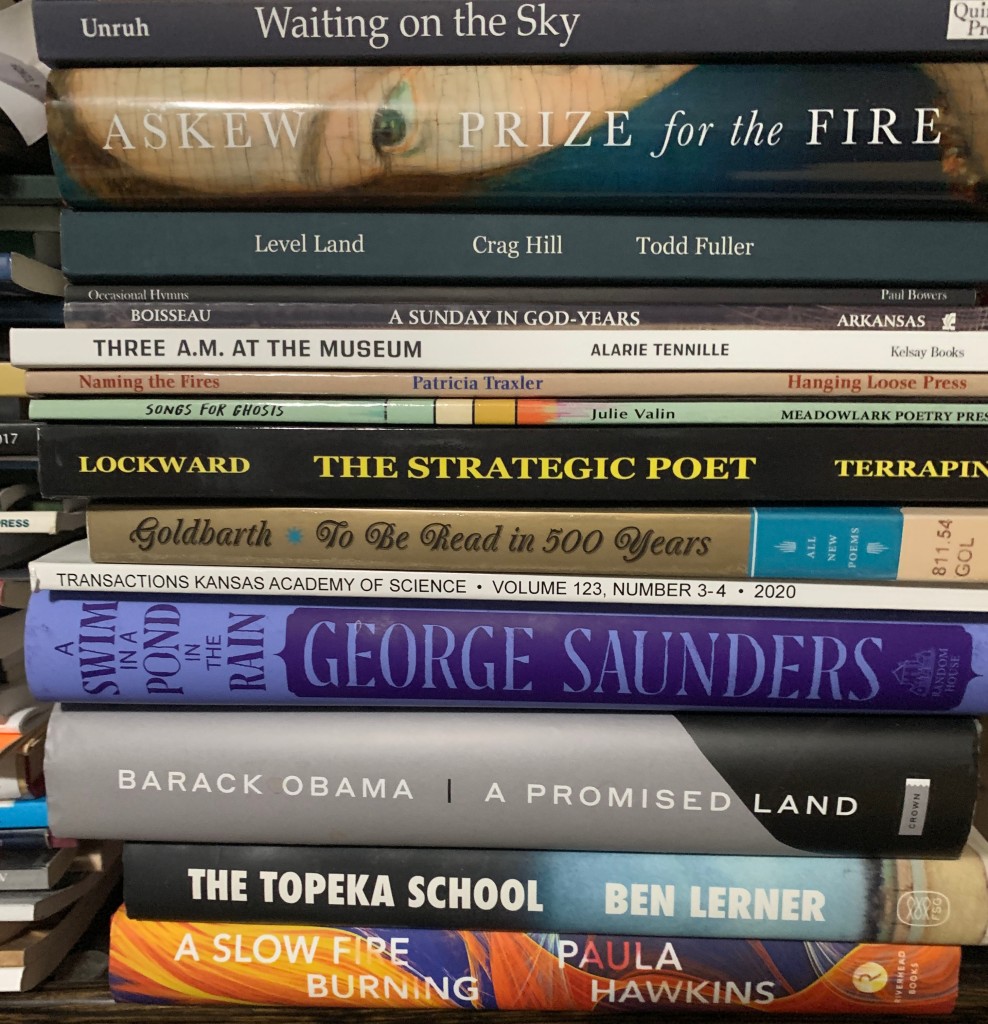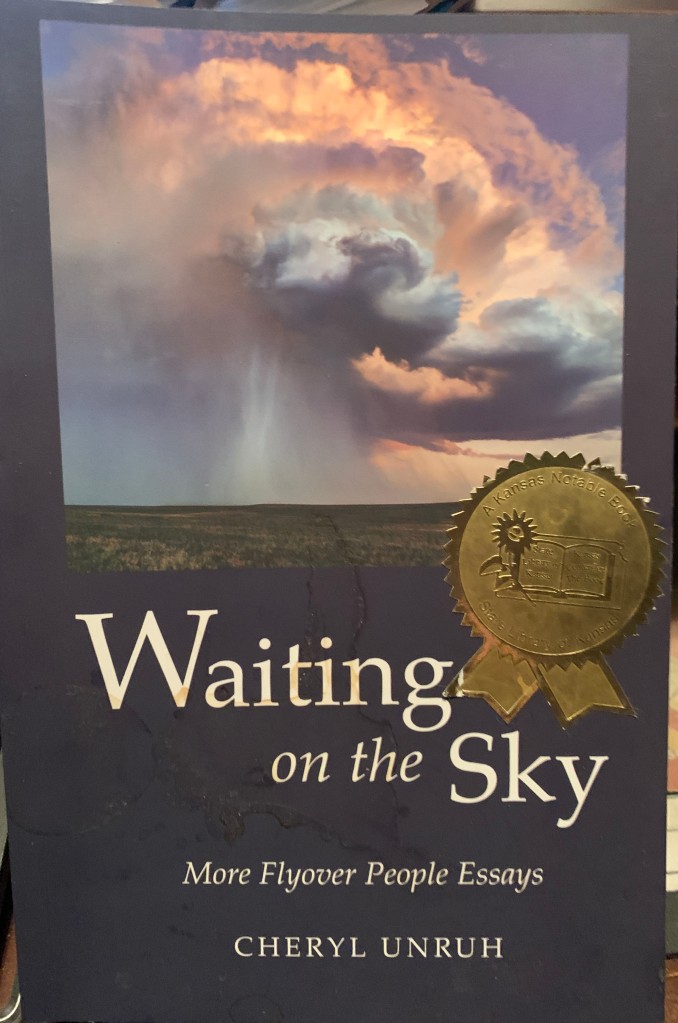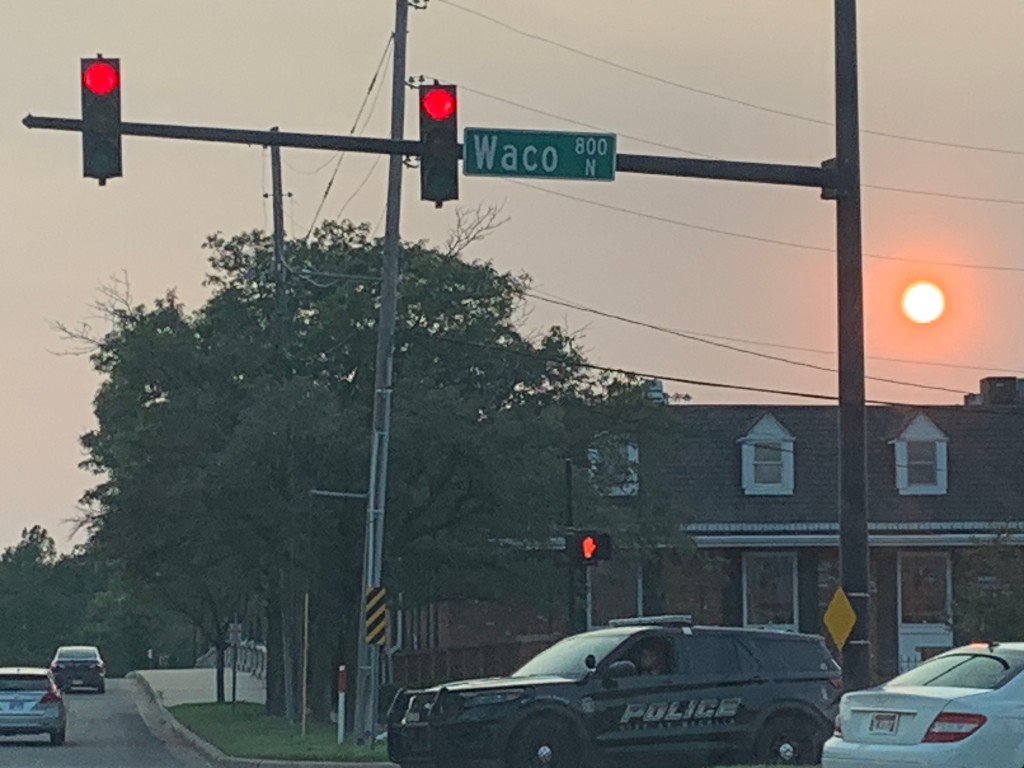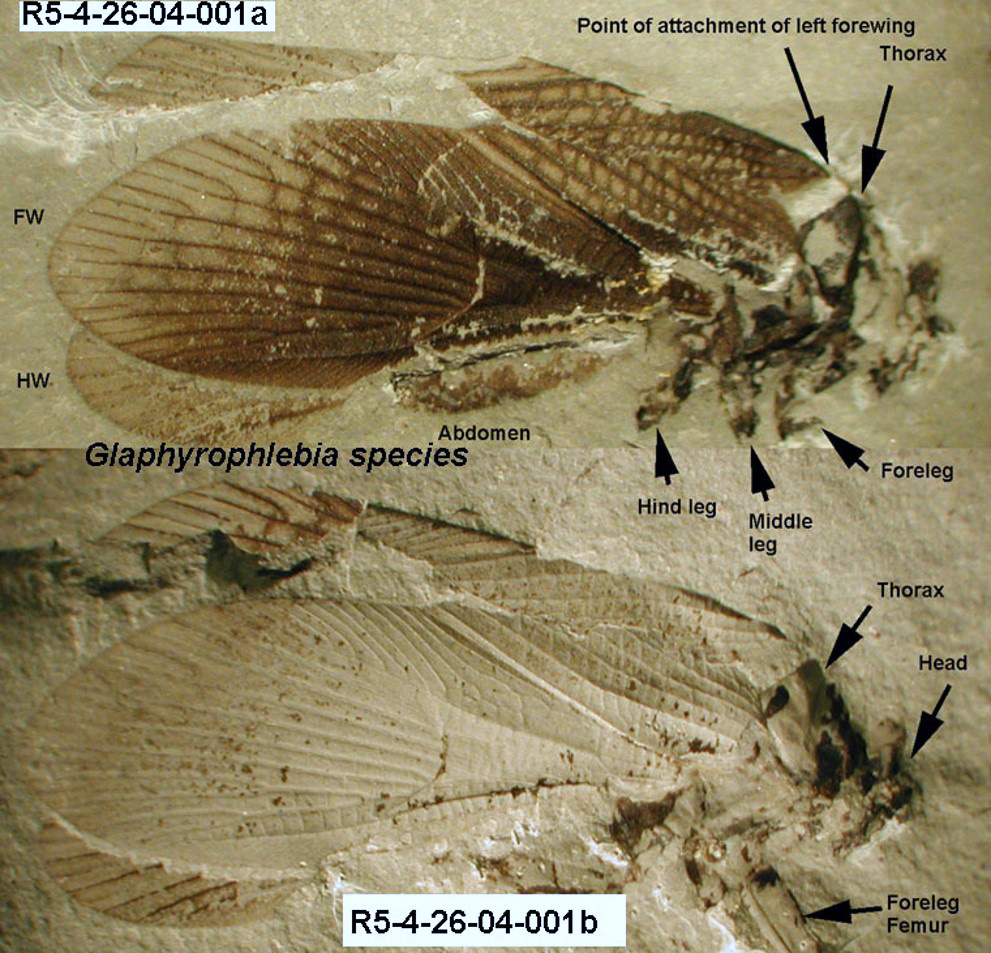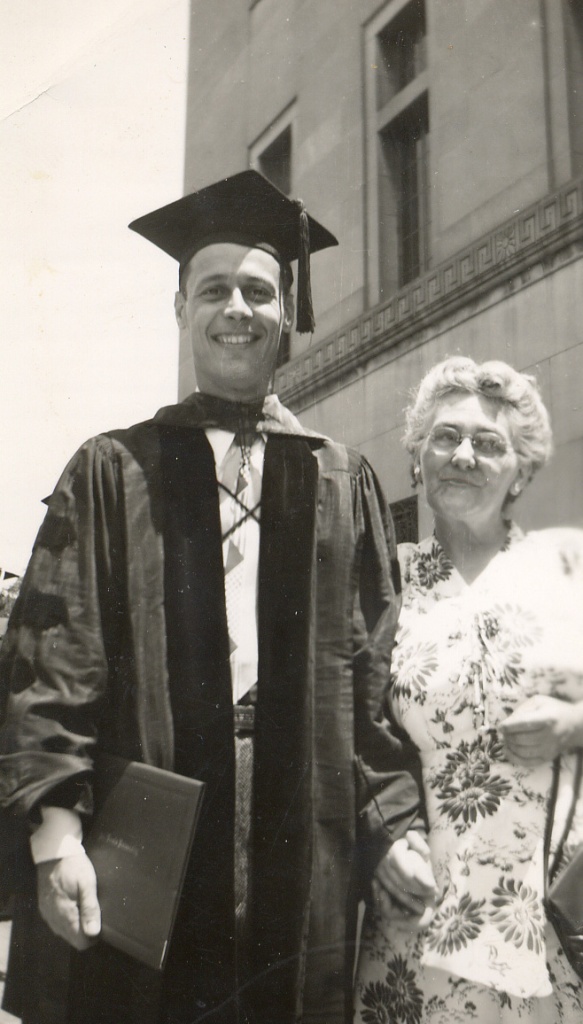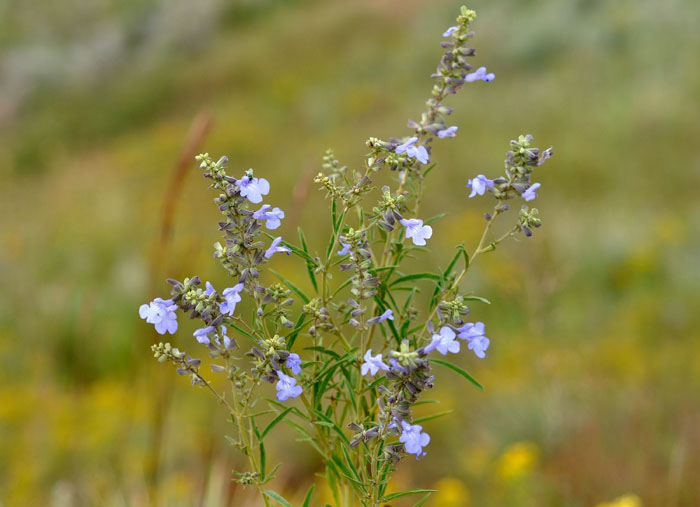Recalling “Becoming Van Gogh” – An exhibit that was presented at the Denver Art Museum, 10/21/2012 – 01/20/2013
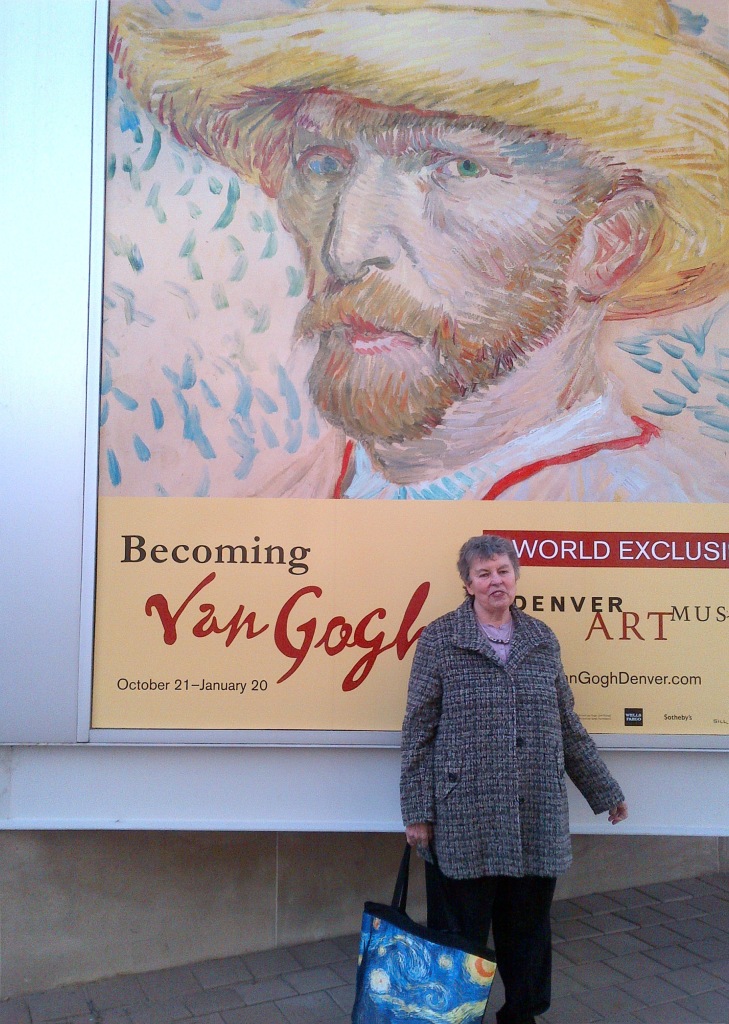
Pat Beckemeyer in front of a poster at the Denver Art Museum’s unique and special exhibit, “Becoming Van Gogh,” which was shown only this one time period, 21 October 2012 through 20 January 2013. I took this photo on 14 November 2012. We traveled to Denver specifically to see this show back when we had just begun to seriously study van Gogh and his work. I am really glad we did, because it was eye-opening, introducing us to van Gogh’s early work and explicating quite well how hard he had worked at the crafts of drawing and painting as he went along. It also made me aware for the first time of the wealth of information documented in his letters.
Now, of course, it is much too late for anyone to experience this one-of-a-kind exhibit, but I decided to gather here links to some of the documentation that is available online and elsewhere that can give you a feel for what it was like.
“Becoming Van Gogh” was the brainchild of Timothy Sandring, who was then Curator of the Denver Art Museum (now Curator Emeritus). He assembled (on loan – at that time the Denver Art Museum had no van Gogh works in its holdings) 70 examples of van Gogh’s work along with 20 examples of the work of some of those artists who influenced his development.
A fine place to start is with a short (6 minute) segment prepared by Rocky Mountain PBS at the time of the exhibit: ARTS DISTRICT: BECOMING VAN GOGH. I particularly like this introduction because in it Timothy Sandring talks about the importance of van Gogh’s letters in understanding his art and his development as an artist. Here are some quotes as I transcribed them as he talked (these words occur near the end of the video segment):
“It’s unquestionable that he [van Gogh] really strove to express feeling. And even in his letters he underlined words, he put them in bold, he put them in cursive, he was mark making so that you could feel the inflection that he would give to his voice…Some of the passages are the most beautiful descriptions of feelings about the liquidity of something such as boats on a sea or grasses or a pair of boots. They’re turgid in the writing — it’s not mellifluous — they’re not the kind of letters that you can keep plowing through — so you have to take them in piecemeal, very much, I think, like these paintings…I’ve learned to admire him greatly. He’s fiercely intelligent. He spoke four languages, he was a voracious reader, he was an associative thinker, he was a poet. In fact, his letters could be considered European literature.” ~Timothy Sandring
Here is a link to a webpage of the Denver Art Museum that outlines the exhibit’s structure and includes a nice photo of the entrance to the exhibit: VAN GOGH’s CREATIVE PROCESS (by Christin Bonk Fong). And here is another of the museum’s web pages that records 20 of the quotes from van Gogh’s letters that were used as labels for pieces of art in the exhibit and in the audio guides viewers could use: 20 QUOTES FROM VINCENT VAN GOGH (by Fairlight Baer-Gutierrez). The painting used as background for these labels was “Edge of a Wheat Field with Poppies” (1887), which at the time of the exhibit was in a private collection (the Frederic C. Hamilton Collection). The painting was gifted to the museum’s holdings in 2021, and can be seen on their web page.
Here’s a link to the AP story that appeared at the time: “Van Gogh exhibit focuses on artist’s development,” Associated Press, October 22, 2012.
Here’s a link to the Denver Post article announcing the exhibit: “Becoming van Gogh” brings the Denver Art Museum a fall blockbuster,” by RAY MARK RINALDI, The Denver Post, October 11, 2012 at 10:51 a.m., UPDATED: April 30, 2016 at 6:16 p.m. It includes a 6-photo slide show.
And here’s a link to the New York Times article announcing the event: “Van Gogh’s Evolution, From Neophyte to Master,” by Ted Loos, Oct. 26, 2012.
And another link, “Follow Van Gogh’s Journey Of Style And Technique,” OCTOBER 29, 2012 / 12:00 PM / CBS COLORADO, by Greg Moody, CBS4’s Critic At Large. It is accompanied by a really great photo slide show of Greg Moody’s trip through the exhibit: BECOMING VAN GOGH SLIDE SHOW CBS News.
Finally, there is a remarkably compete hardcover (cofeetable) book, “Becoming van Gogh,” by Timothy Standring (Author), Louis van Tilborgh (Author), Nicole Myers (Author), Everett van Eitert (Author), Richard Kendall (Author), Teio Meedendorp (Author), Simon Kelly (Author). [Yale University Press; First Edition (November 27, 2012), in English, Hardcover : 288 pages, ISBN-10 : 030018686X, ISBN-13 : 978-0300186864, Item Weight : 4.6 pounds, Dimensions : 10.25 x 1.25 x 12.5 inches.
I hope you enjoy this excursion back in time to a unique and impressive exhibit on how Vincent van Gogh became the artist we know today.
~Roy Beckemeyer, 10 October, 2023. [I recently took a thoroughly enjoyable and instructive online continuing education class from Wichita State University, “The Life and Work of Vincent van Goghn ” taught by Dan Kirchhefer, an artist who is also emeritus Professor of Art at Emporia State University. It got me re-energized about van Gogh, and sent me back to look up info on the Denver exhibit. Thanks, Dan.]

